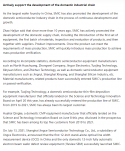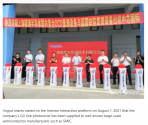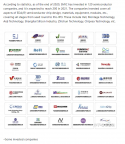I think the curbs are be more for IDM manufacturers than chipmakers. Looks like they found out that relying in a diminish pools of chips would increase prices and also to distinguish chips made in china will require an expensive monitoring system in place.It seems SMIC will not lose its US customers after all...
"Top Senate Democrat Chuck Schumer and John Cornyn, a prominent Republican China hawk, unveiled a measure in September that would have required U.S. federal agencies and their contractors to stop using semiconductors manufactured at China's SMIC, as well as chips made by Chinese memory chip leaders YMTC and CXMT. The final version no longer forbids contractors from "using" the targeted chips"
Maybe they realized it was just damaging US companies for no gain: SMIC would have quickly filled that 20% capacity with Chinese orders.
You are using an out of date browser. It may not display this or other websites correctly.
You should upgrade or use an alternative browser.
You should upgrade or use an alternative browser.
Chinese semiconductor industry
- Thread starter Hendrik_2000
- Start date
- Status
- Not open for further replies.
Another story about using domestic CPU and OS in critical infrastructure.
In this case, Huaneng group is now using Phytium CPU and Kylin OS to control their hydro power stations. This was all previously imported. Btw, they do a lot of export of power stations, so this opens the door for usage of Kylin + Chinese CPUs on foreign power stations also. Notice how this parts stated that Thermal, gas, solar and wind power generation stations are now also using Phytium CPUs. Not sure how many of these systems have migrated over, but they ae finally making a real effort at it. Still no mention of nuclear power stations though.
In this case, Huaneng group is now using Phytium CPU and Kylin OS to control their hydro power stations. This was all previously imported. Btw, they do a lot of export of power stations, so this opens the door for usage of Kylin + Chinese CPUs on foreign power stations also. Notice how this parts stated that Thermal, gas, solar and wind power generation stations are now also using Phytium CPUs. Not sure how many of these systems have migrated over, but they ae finally making a real effort at it. Still no mention of nuclear power stations though.
StarFive coming out with a new industrial firewall chip. If you are like me and don't know what industrial firewall is. This might be helpful?
Anyways, I'd imagine the performance expectations of such an SoC would still be not that high and entirely within the capability of current RISC-V chips. So far, most RISC-V chips are for industries like MCUs and such. Here is an illustration of industrial firewall in Towngas natrual gas LNG station to prevent malicious actors from getting in.
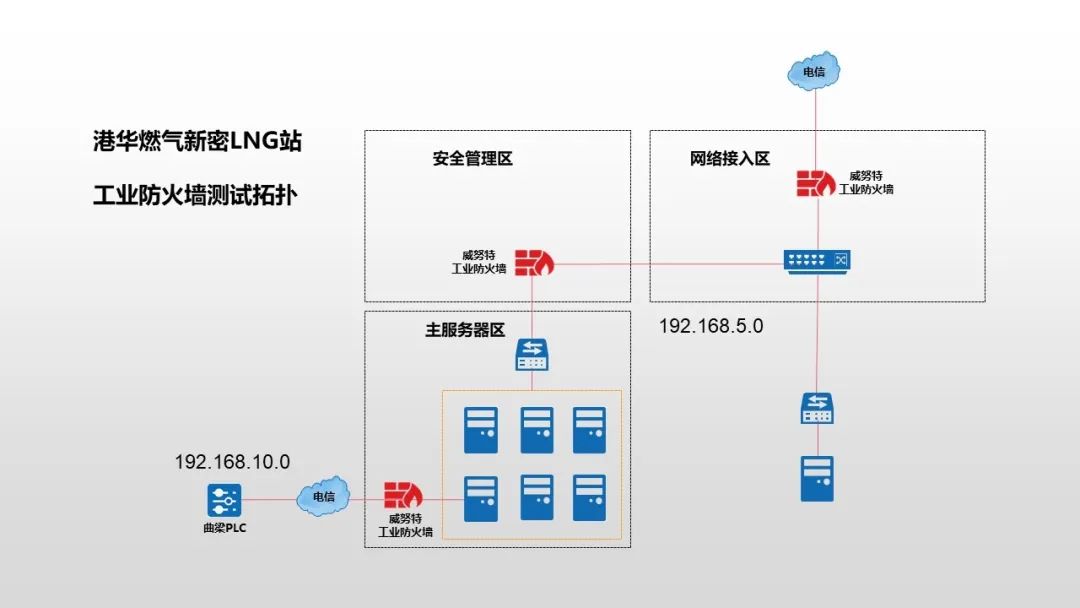
This will utilize the 64-bit JH7000 series of high performance RISC-V chips that was unveiled a few months ago.
It uses 28 nm process from TSMC, so would be something they can move to SMIC. The main competition for JH7110 is probably something like Raspberry Pi.
As RISC-V continues to develop, we should also see higher performing SoCs coming out from StarFive
In IT, most systems on a network are equipped with some level of on-device protection, such as antivirus (AV) software that stops malicious code from executing even if it makes it through firewall defenses. Enterprise systems also run operating systems (OSs) that can be updated with the latest software patches whenever a vulnerability is discovered. As a result, firewall administrators can implement baseline levels of security that still allow a wide range of enterprise devices to access the Internet.
But many industrial devices run legacy operating systems (OSs) no longer supported with security patches. Even those with newer OSs often have their software frozen to ensure platform stability. In addition, most industrial systems are severely resource constrained and cannot run local AV technology.
Industrial network firewalls therefore provide the complete security stack for many of these systems. Because security requirements differ from system to system, industrial firewalls are often dedicated to a single production facility or piece of equipment rather than an entire organization, and tuned to their specific needs. They are deployed and maintained by operations engineers or service technicians familiar with the systems that firewalls protect, and support far fewer ports and IP addresses than their enterprise counterparts.
Anyways, I'd imagine the performance expectations of such an SoC would still be not that high and entirely within the capability of current RISC-V chips. So far, most RISC-V chips are for industries like MCUs and such. Here is an illustration of industrial firewall in Towngas natrual gas LNG station to prevent malicious actors from getting in.

This will utilize the 64-bit JH7000 series of high performance RISC-V chips that was unveiled a few months ago.
It uses 28 nm process from TSMC, so would be something they can move to SMIC. The main competition for JH7110 is probably something like Raspberry Pi.
As RISC-V continues to develop, we should also see higher performing SoCs coming out from StarFive
Starfive Technology released the world's first RISC-V chip "Fang Jinghong 8100" suitable for mainstream notebooks/Mini-PCs
btw, this got missed, but it's quite the significant development
It's a RISC-V CPU using 12nm process (JH8100). $ large core and 2 small cores. It uses its own Tianshu core, which is claimed to be comparable to Arm Cortex-A76 in capability. JH8100's large core can reach 2 GHz and small core can reach 1.5GHz.
According to this same link FH7100 series is expected to have 100k+ sales next year. TH7110 is already mass produced. The higher performing FH8100 is expected to be used in mini-pc, notebook, thin client as well as consumer electronics and industrial control systems. FH8100 is probably competing against T-Head's TH1520.
Why you keep posting these more than a year old "news"?
I actually missed this piece of news, looks like the Baidu Kunlun 2 chip has been adapted for autonomous driving on Baidu Robotaxi. This was announced as part of the Apollo Day last week.
Quite interesting since it was originally designed for cloud computing.
I read this article several times and couldn't figure out if it was just used for the AI training or the self driving chip, but htis picture would conclude this is actually being used for automous driving.
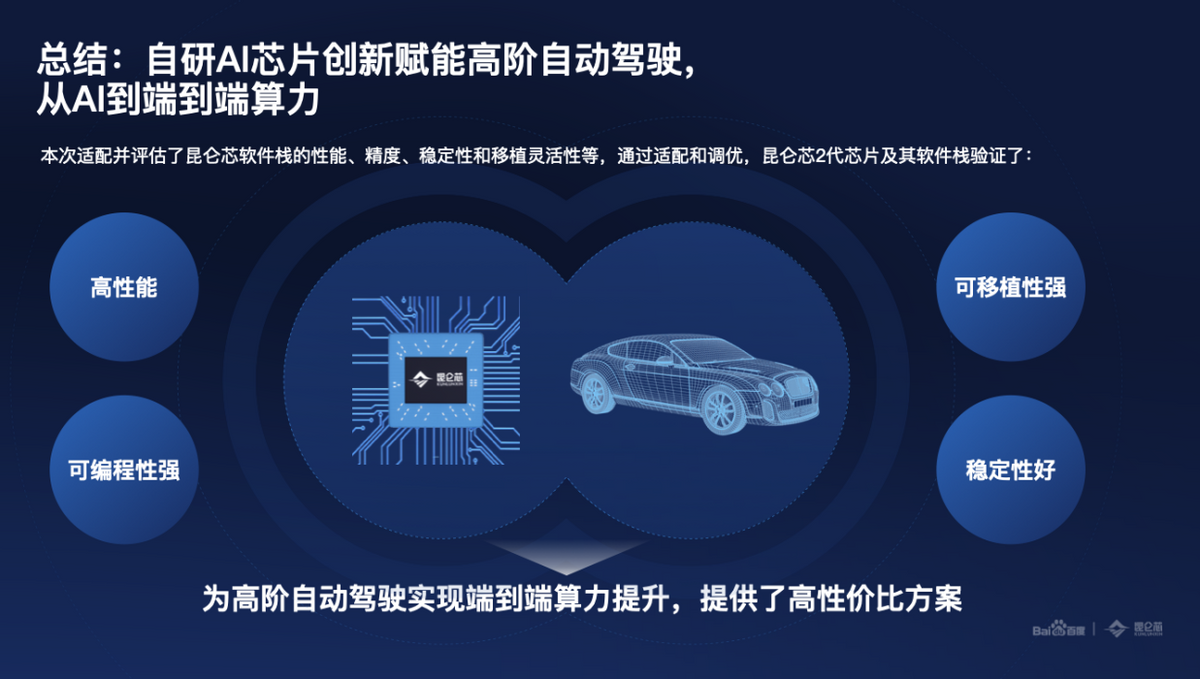
Quite interesting since it was originally designed for cloud computing.
I read this article several times and couldn't figure out if it was just used for the AI training or the self driving chip, but htis picture would conclude this is actually being used for automous driving.

This not a news thread. This is a Chinese semiconductor thread and anything that can give context to the semiconductor industry in China recent AND PAST is valid in IMHO.Why you keep posting these more than a year old "news"?
Looks like a decent processor, I would love to have a SBC with this SOC.btw, this got missed, but it's quite the significant development
It's a RISC-V CPU using 12nm process (JH8100). $ large core and 2 small cores. It uses its own Tianshu core, which is claimed to be comparable to Arm Cortex-A76 in capability. JH8100's large core can reach 2 GHz and small core can reach 1.5GHz.
According to this same link FH7100 series is expected to have 100k+ sales next year. TH7110 is already mass produced. The higher performing FH8100 is expected to be used in mini-pc, notebook, thin client as well as consumer electronics and industrial control systems. FH8100 is probably competing against T-Head's TH1520.
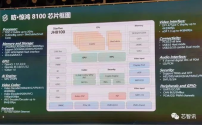
Has a vulkan capable GPU and a NPU, hopefully they can open source the drivers because blotware plague ARM SBCs.
- Status
- Not open for further replies.

